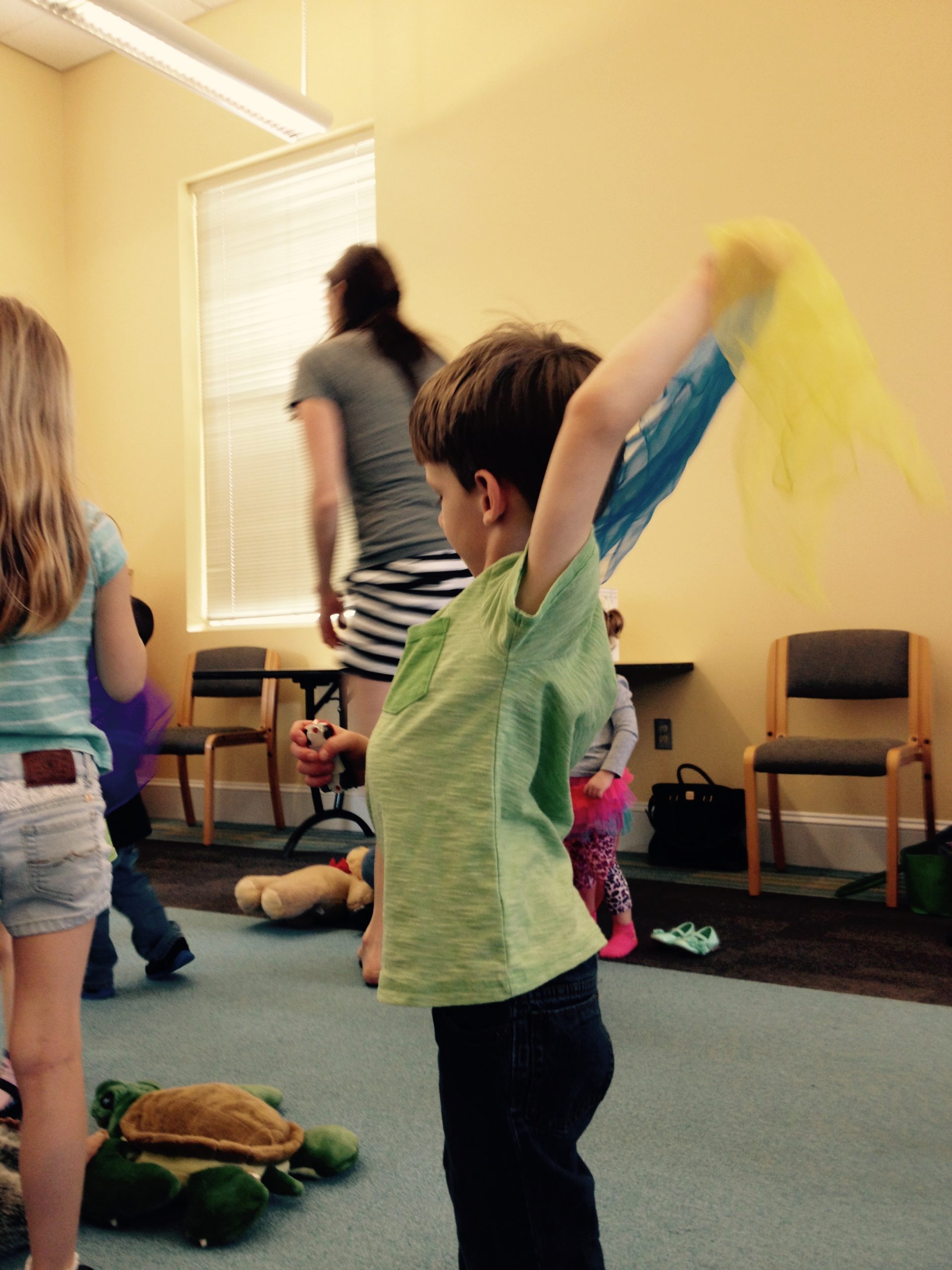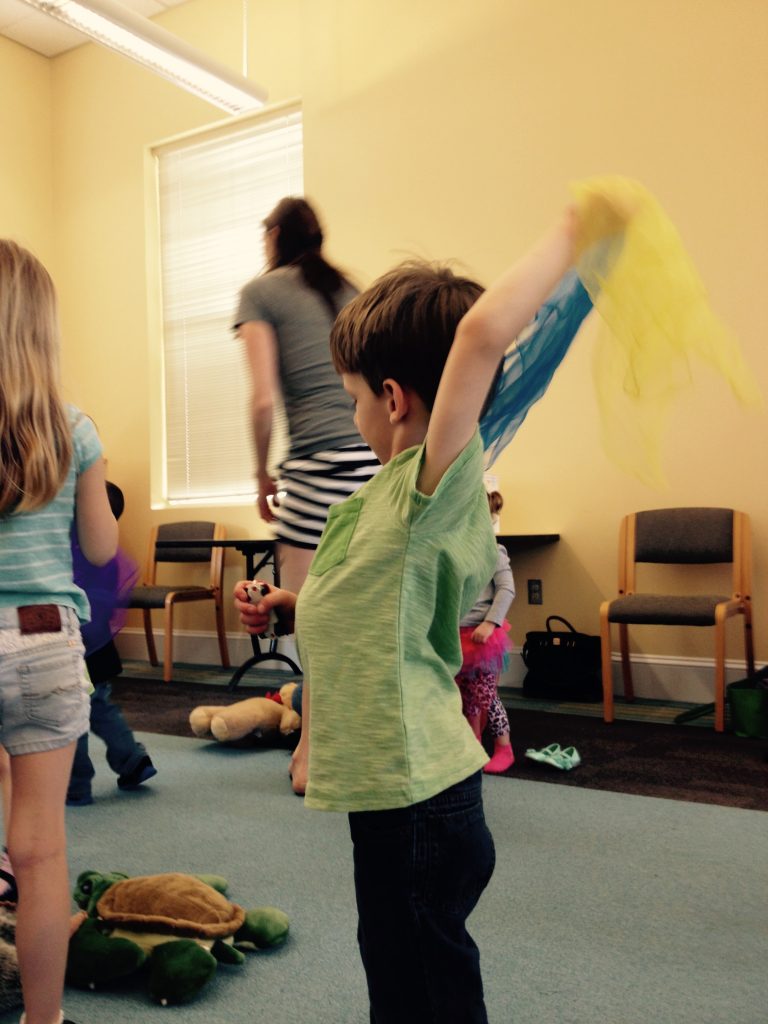Cross-brain activities make students’ brains alert in addition to the benefit of improving learning. This type of movement involves the arms and legs crossing over from one side of the body to the other. With the left side of the brain controlling the right side, both sides of the brain are forced to communicate as the arms or legs cross over. Activities that cross the mid-line energize the brain and stimulate learning.

Cross-brain Exercises Made Simple
• Stand and touch the right elbow to the left knee, then switch to left elbow to right knee.
• Shoulder to shoulder arm reaches are another way to cross the mid-line. Simply cross the right arm to the left shoulder and reverse the process with the left arm.
• Leg extensions are another way to cross the mid-line. Stand with feet shoulder length apart and place the hands on the hips for balance. Extend the left leg over the right side of the body touching the floor beyond the foot.
• Toe touches that take the left hand over to the right foot and reverse are a cross-brained activity.
• Opposite knee to elbow crosses work the opposite hemisphere of the brain
Many outside sport activities also reinforce both brain-based and cross-brain activities. Crossing the midline of the body thus, integrates the hemispheres of the brain. It enables the brain to organize itself. Cross-brain activities increase the blood flow to all parts of the brain. Therefore, making it more energized for learning. Besides, all movements that cross over the midline fires up the brain. In addition, these exercises are known to improve eye-hand coordination in athletes.
Students that have limited exposure to cross-brain exercises struggle in reading and writing. By introducing struggling students to these activities, their abilities will improve.
Studies from educational and brain research journals report all age and proficiency levels of students can benefit from increased body coordination activities. However, these exercise types are to be developmentally appropriate for children. As for any movement and exercise, everyone benefits from physical activity.




